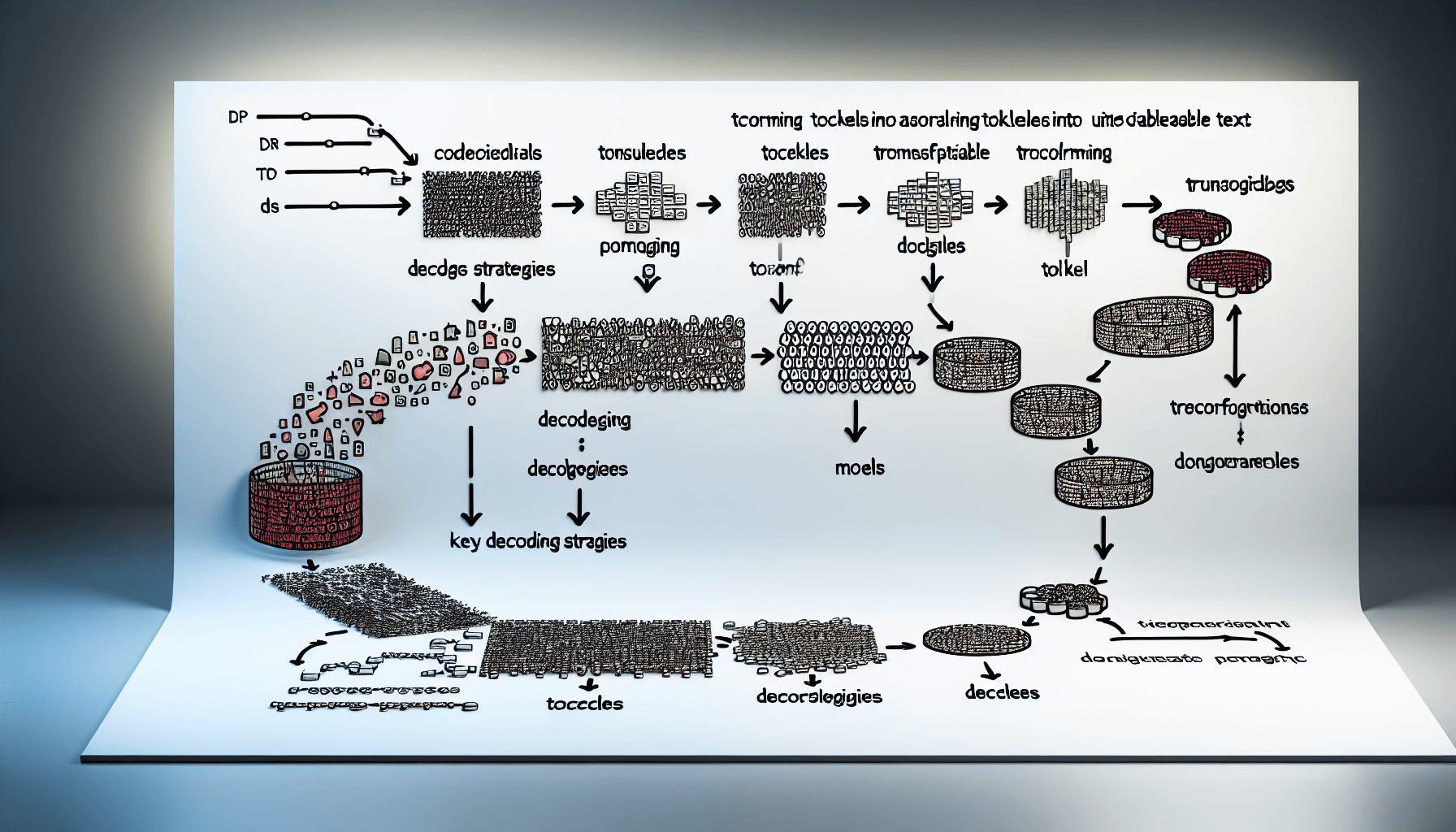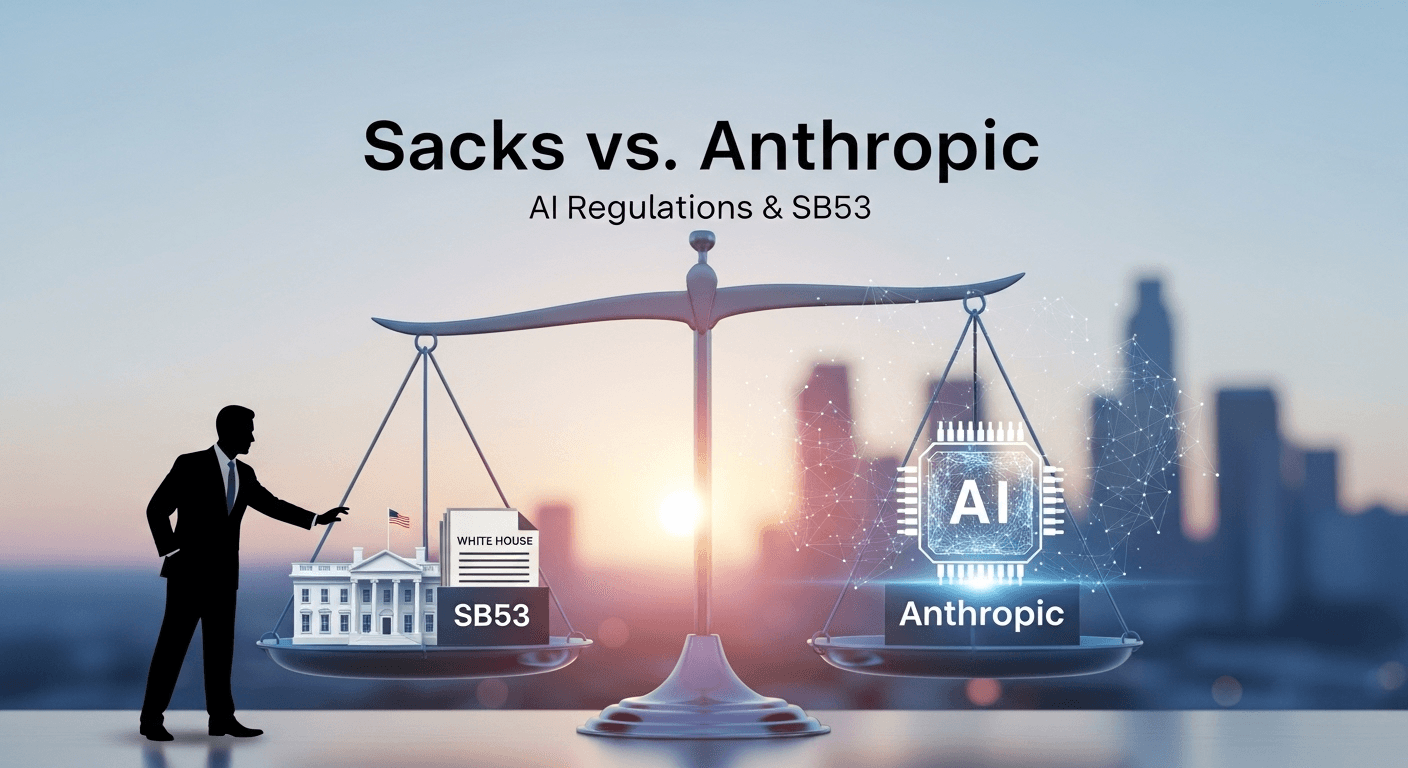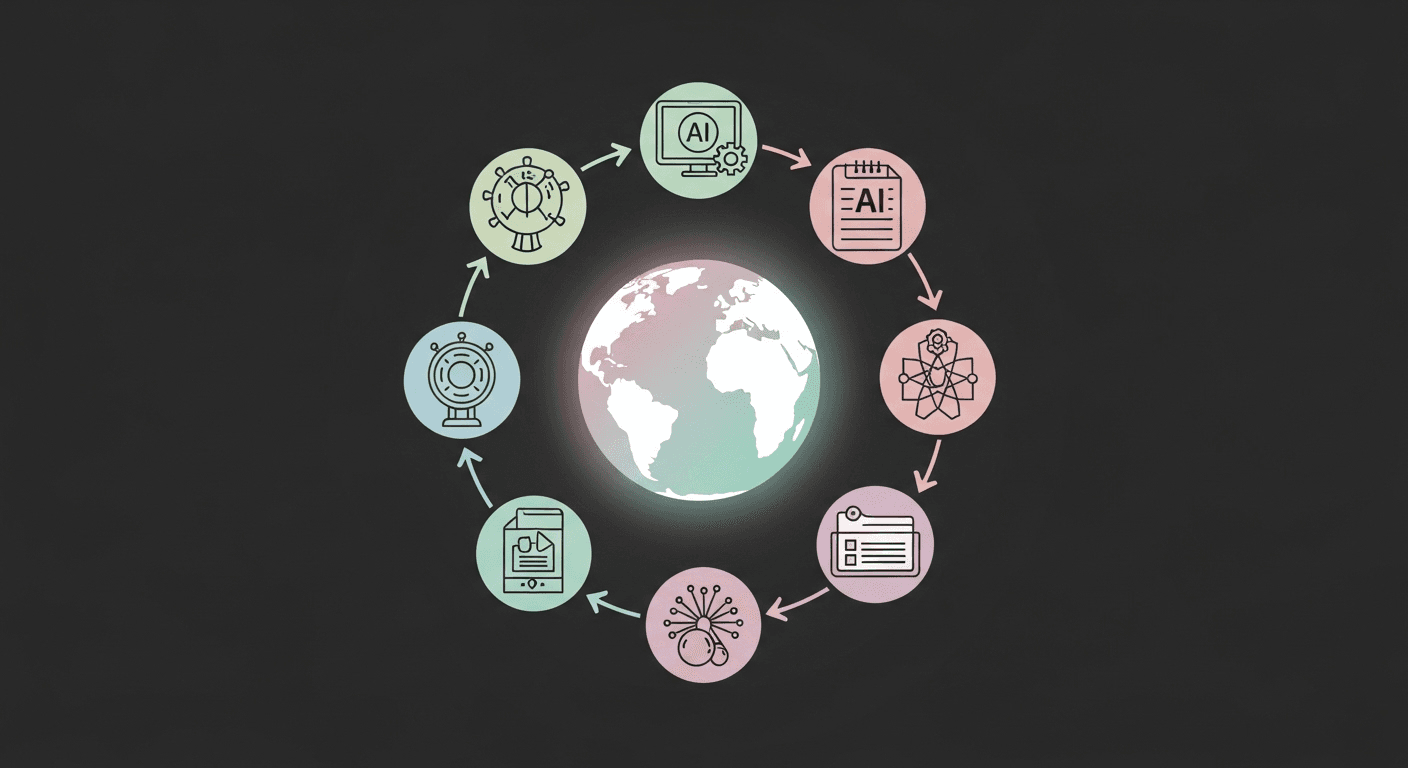From Tokens to Text: Understanding the Decoding Process

Introduction to Token Decoding
The process of decoding tokens into human-readable text is a cornerstone of natural language processing (NLP) and underpins many of the technologies we use daily, such as chatbots, translation services, and voice-activated assistants. This blog post delves into the complexities of the decoding process, exploring how machines interpret and generate language.
Understanding Tokens in NLP
In the realm of NLP, tokens are the building blocks of language used by models to process and understand text. Tokens can represent words, parts of words, or even full sentences, depending on the tokenization process. This segment focuses on how these tokens are generated and their roles in text synthesis.
The Decoding Process Explained
Decoding is the method by which machines convert a series of tokens back into intelligible language. This process involves complex algorithms and models that predict the most probable sequence of words that corresponds to a given set of tokens. We will explore several popular decoding techniques such as Greedy Search, Beam Search, and Top-K and Top-p Sampling.
Greedy Search Technique
Greedy Search is a straightforward decoding method where the model selects the most likely word at each step in the sequence. This simple approach can be efficient but may not always produce the most coherent or contextually appropriate output.
Beam Search Method
Beam Search enhances the greedy approach by considering multiple top candidates at each step, which can lead to more accurate and contextually relevant outputs. This section breaks down the mechanics of Beam Search and discusses its advantages and limitations in various applications.
Top-K and Top-p Sampling Strategies
Moving beyond deterministic methods, Top-K and Top-p Sampling introduce randomness into the selection process, which can help generate more diverse and natural-sounding text. This part explains how these techniques work and when they are preferable in the decoding process.
Impact of Decoding Strategies on Language Model Performance
The choice of decoding strategy significantly affects the performance of language models. Here, we compare the outcomes of different strategies and discuss how they influence the quality and reliability of generated text.
Advanced Decoding Techniques and Future Directions
As NLP technology evolves, so too do the techniques for decoding. This section covers newer methods such as constrained and context-aware decoding, looking at how they promise to refine textual outputs further. We also speculate on future trends in decoding technologies.
Conclusion
Decoding tokens into text is a fascinating area of NLP that combines statistical methods, machine learning, and linguistic understanding. The development of more sophisticated decoding techniques is crucial for improving the naturalness and utility of machine-generated text, shaping the future of human-machine interaction.
FAQs
- What is tokenization in NLP?
- How do decoding methods affect the accuracy of translations?
- What are the main challenges in developing decoding algorithms?
Thank You for Reading this Blog and See You Soon! 🙏 👋
Let's connect 🚀
Latest Blogs
Read My Latest Blogs about AI

Sacks vs. Anthropic: The High-Stakes Battle Over AI Regulations, Regulatory Capture, and California’s SB53
White House adviser David Sacks accuses Anthropic of manipulating AI rules. We explore SB53, the regulatory capture debate, and its implications for startups and federal policy.
Read more


